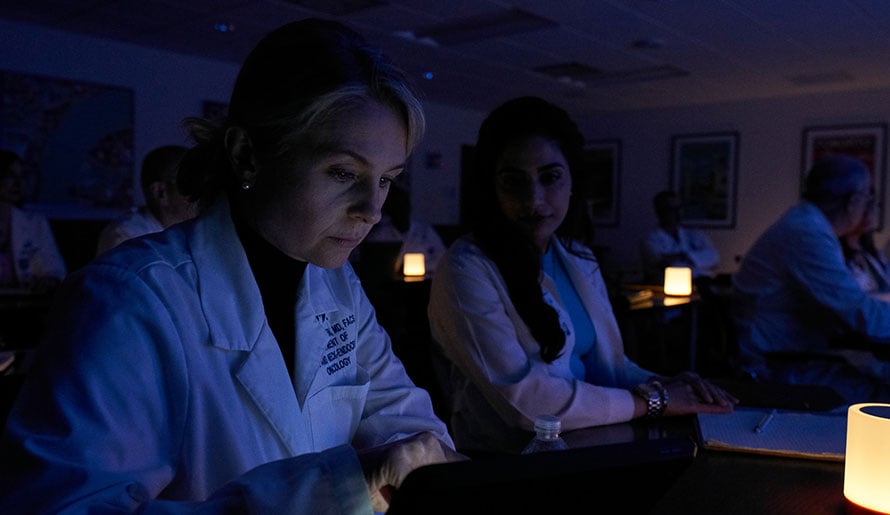Revolutionizing Thyroid Surgeries with Autofluorescence Technology

Thyroid and parathyroid surgeries have long been vital in the treatment of various endocrine cancers. As technology continues to advance, so does the standard of care. While the identification and confirmation of parathyroid glands has historically relied on the surgeon’s expertise, one groundbreaking innovation leading the charge in improving surgical outcomes for thyroid and parathyroid surgeries is autofluorescence technology.
Current Standard of Care for Thyroid Surgeries
Traditionally, thyroid and parathyroid surgeries have relied on the surgeon's expertise and experience to identify and preserve crucial structures. While effective, this approach has limitations, leading to potential complications such as damage to surrounding tissues and nerves. Parathyroid glands can be especially difficult to distinguish visually during surgery due to their small size and numerous location variations, and this challenge can lead to inadvertent damage or even the removal of parathyroid glands.
Different techniques and devices such as dynamic contrast imaging, Raman spectroscopy, and optical coherence tomography have been used to assist in imaging parathyroid glands but offer limited utility because they are difficult to use and come with a high cost. Thus, surgeons must use their experience and understanding of anterior neck anatomy to identify parathyroid tissue, with the only method to confirm being a tissue biopsy.
Hypoparathyroidism and hypocalcemia are the two most common complications following thyroid surgery, affecting up to 30% of patients.
The need for more precise and reliable intraoperative assessment has fueled the development of advanced technologies like autofluorescence evaluation tools.
Recently, Dr. Caitlin McMullen, surgeon in the Department of Head and Neck- Endocrine Oncology co-authored a narrative review titled "Importance Identification and preservation of parathyroid glands (PGs) remain challenging despite advances in surgical techniques." This review not only provides a comprehensive overview of PG identification and vascular assessment using near-infrared autofluorescence (NIRAF) but also offers a manual for the potential implementation of these emerging technologies in thyroid surgery.
The Future of Thyroid Cancer Surgery Technology
The FDA-approved system can confirm the identification of parathyroid tissue for thyroid surgeons and shorten procedure time In the future, the use of autofluorescence technology may become standard practice for thyroid cancer surgery.
Clinical trials exploring the integration of autofluorescence technology in thyroid cancer surgeries are underway, aiming to further validate its efficacy and expand its applications. This includes a multi-site trial with the University of Michigan, the University of California-San Francisco, Vanderbilt University Medical Center, and the Medical College of Wisconsin. The study has already confirmed that the device helps surgeons feel more confident in their parathyroid gland identification and reduces the need for tissue biopsy to confirm parathyroid glands.
Ushering In Enhanced Accuracy in Thyroid Surgery
As we stand on the brink of a new era in thyroid and parathyroid surgeries, Moffitt Cancer Center’s Endocrine Oncology Department remains at the forefront of innovation with the use of the autofluorescence evaluation tools and other emerging technologies as part of our endocrine treatments and services.
By revolutionizing the standard of care, this innovative imaging system is helpful for patients, referring physicians, and surgeons by enhancing precision, reducing complications, and ultimately improving the lives of patients undergoing thyroid and parathyroid procedures. The future of thyroid and parathyroid cancer surgery is brighter than ever, thanks to Moffitt's commitment to advancing technology and providing patients with the best possible care.
If you’d like to refer a patient to Moffitt, complete our online form or contact a physician liaison for assistance. As part of our efforts to shorten referral times as much as possible, online referrals are typically responded to within 24 - 48 hours.

